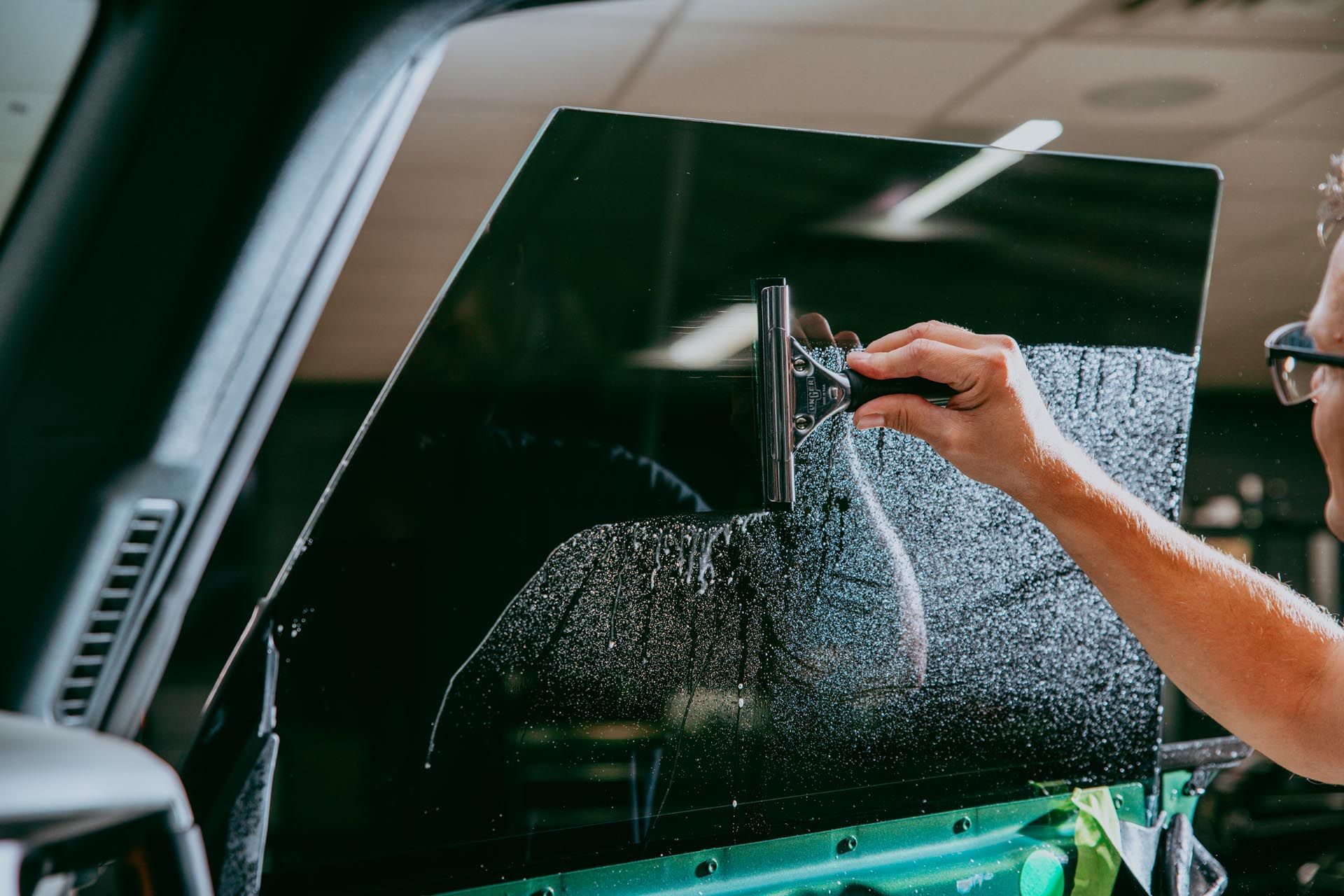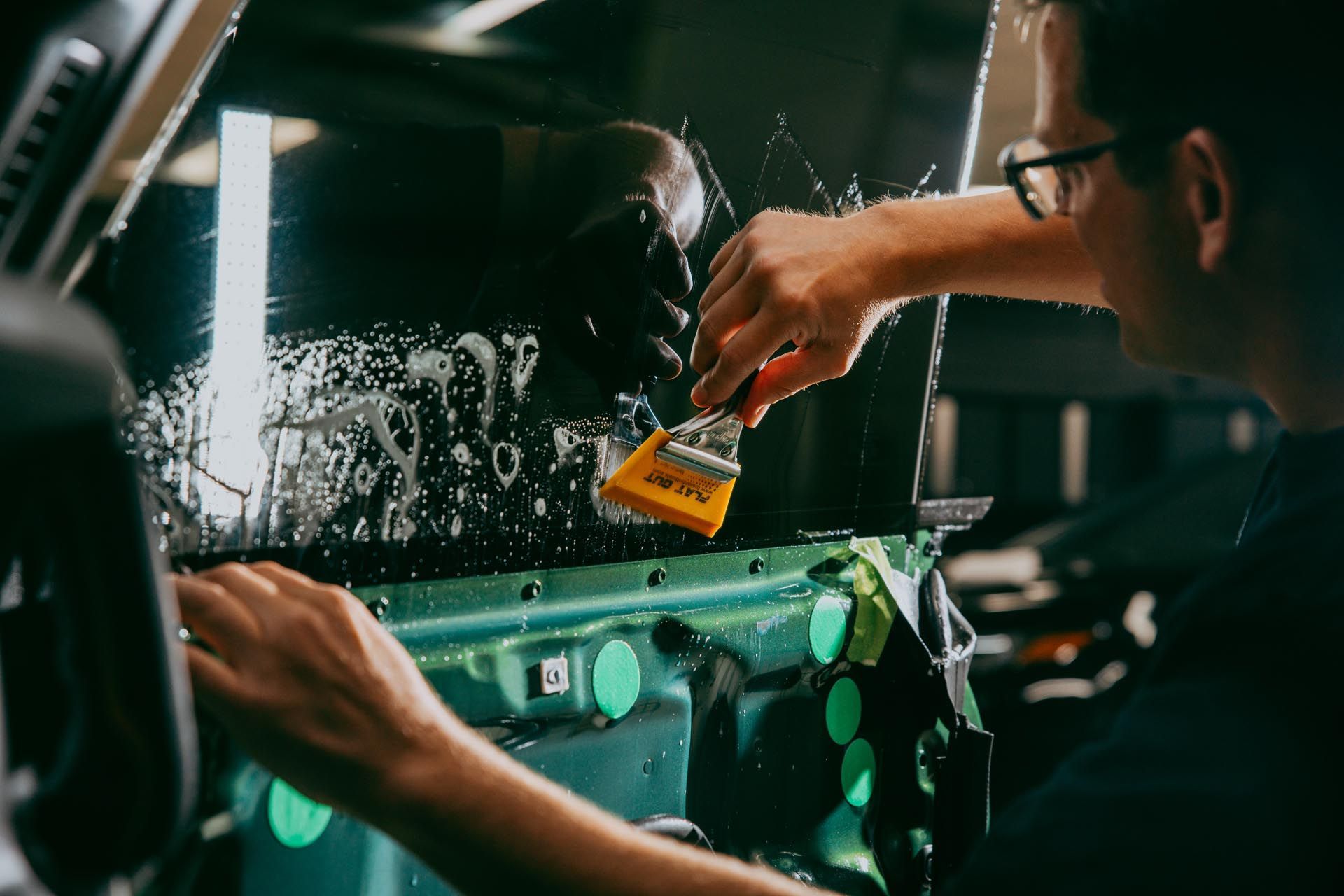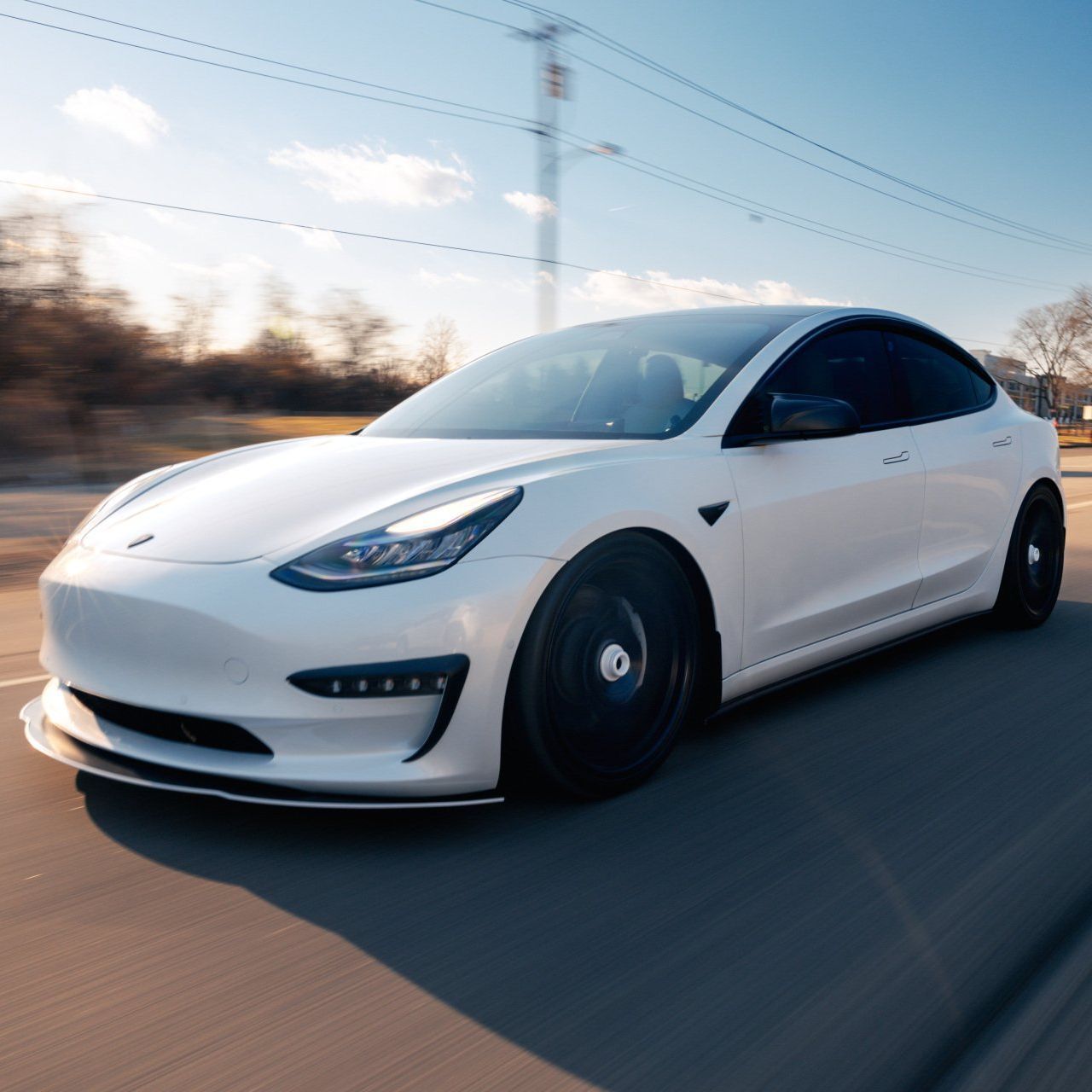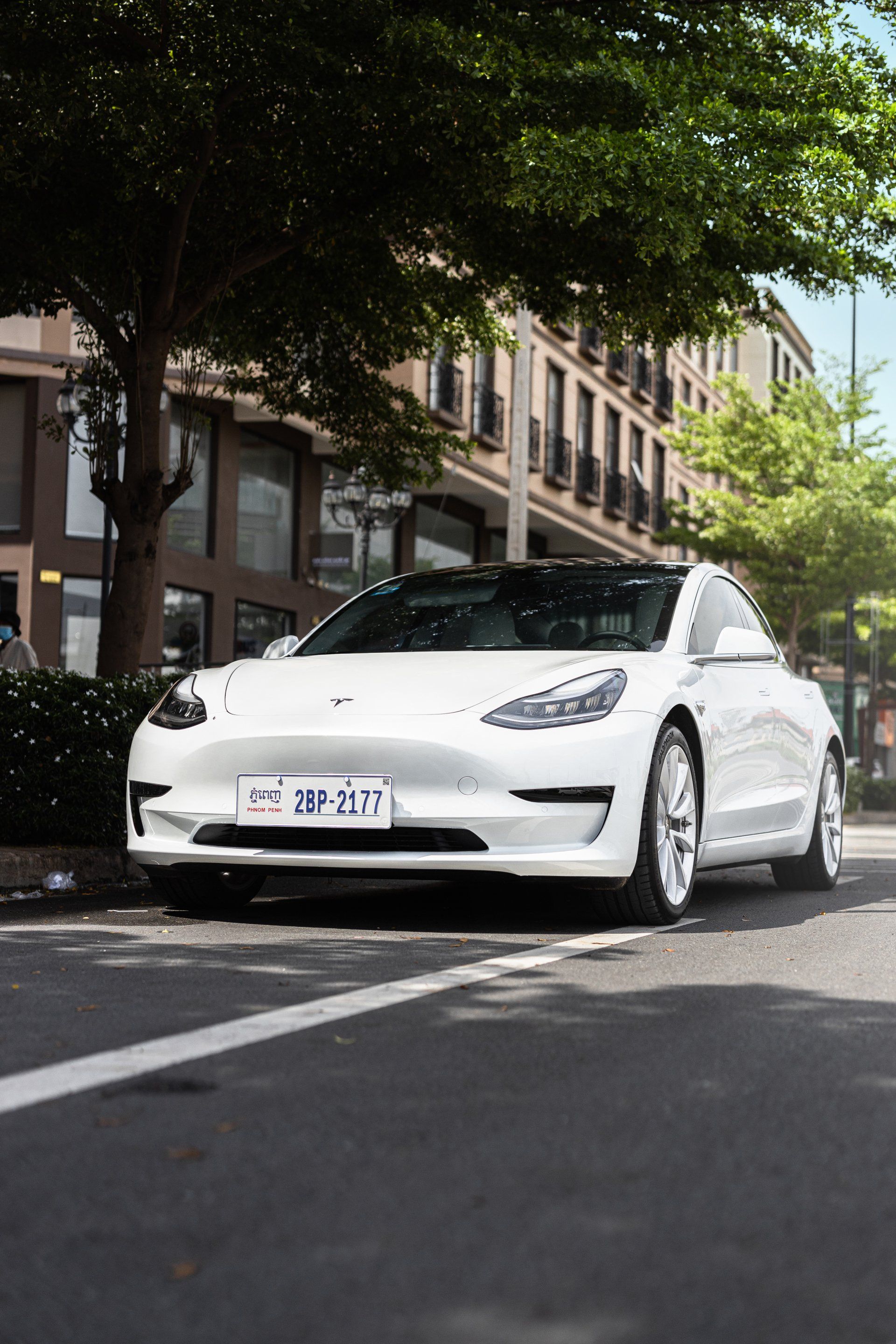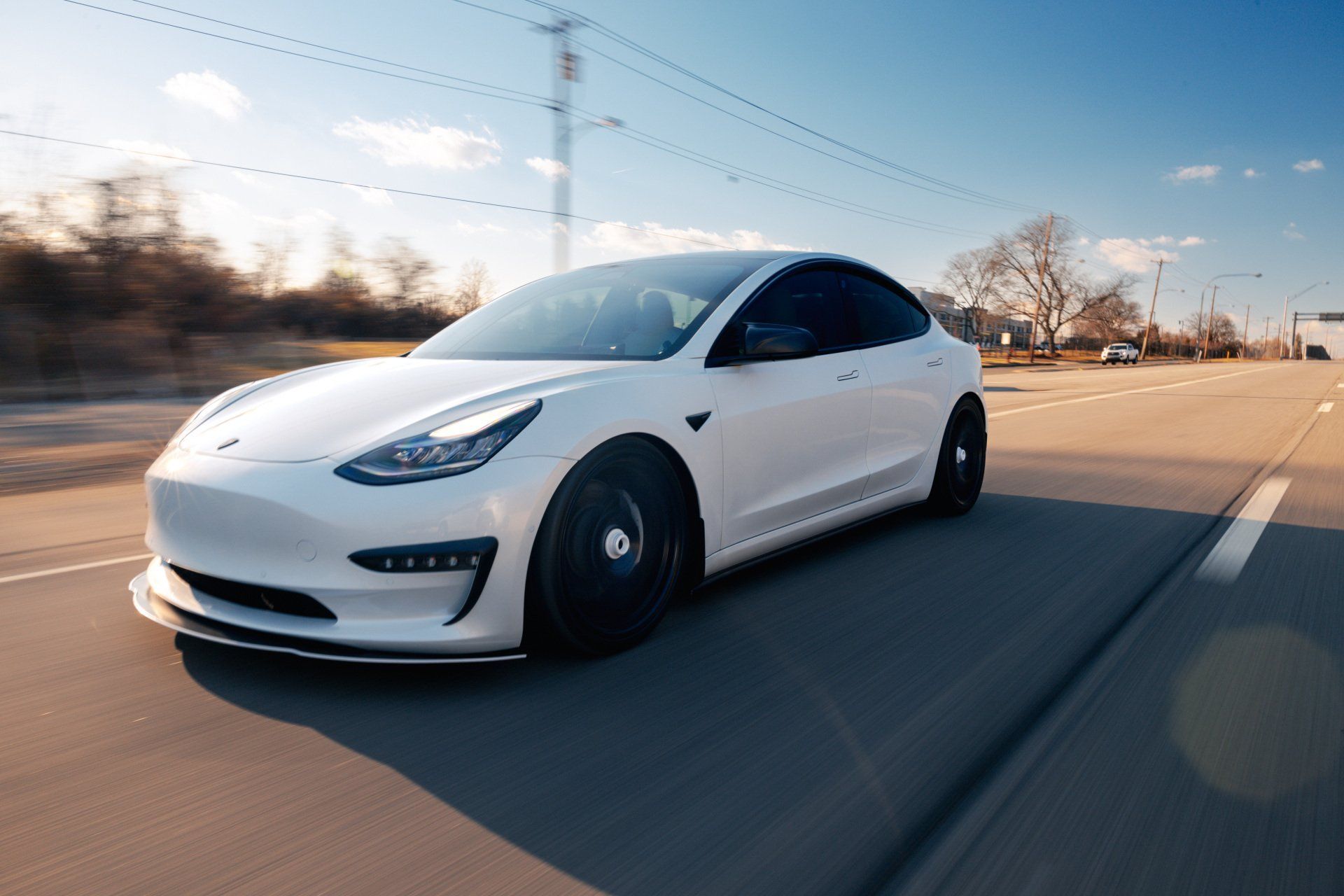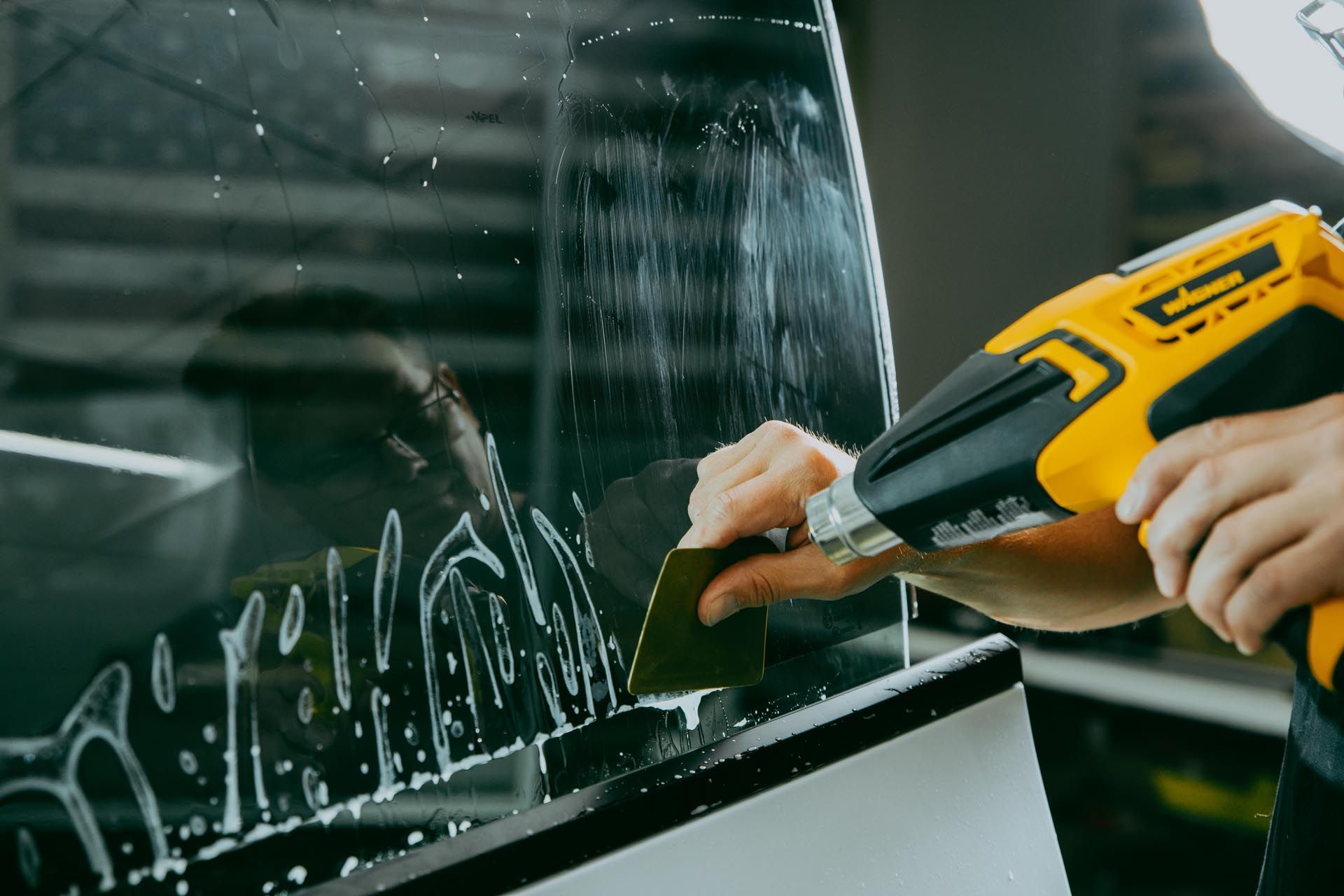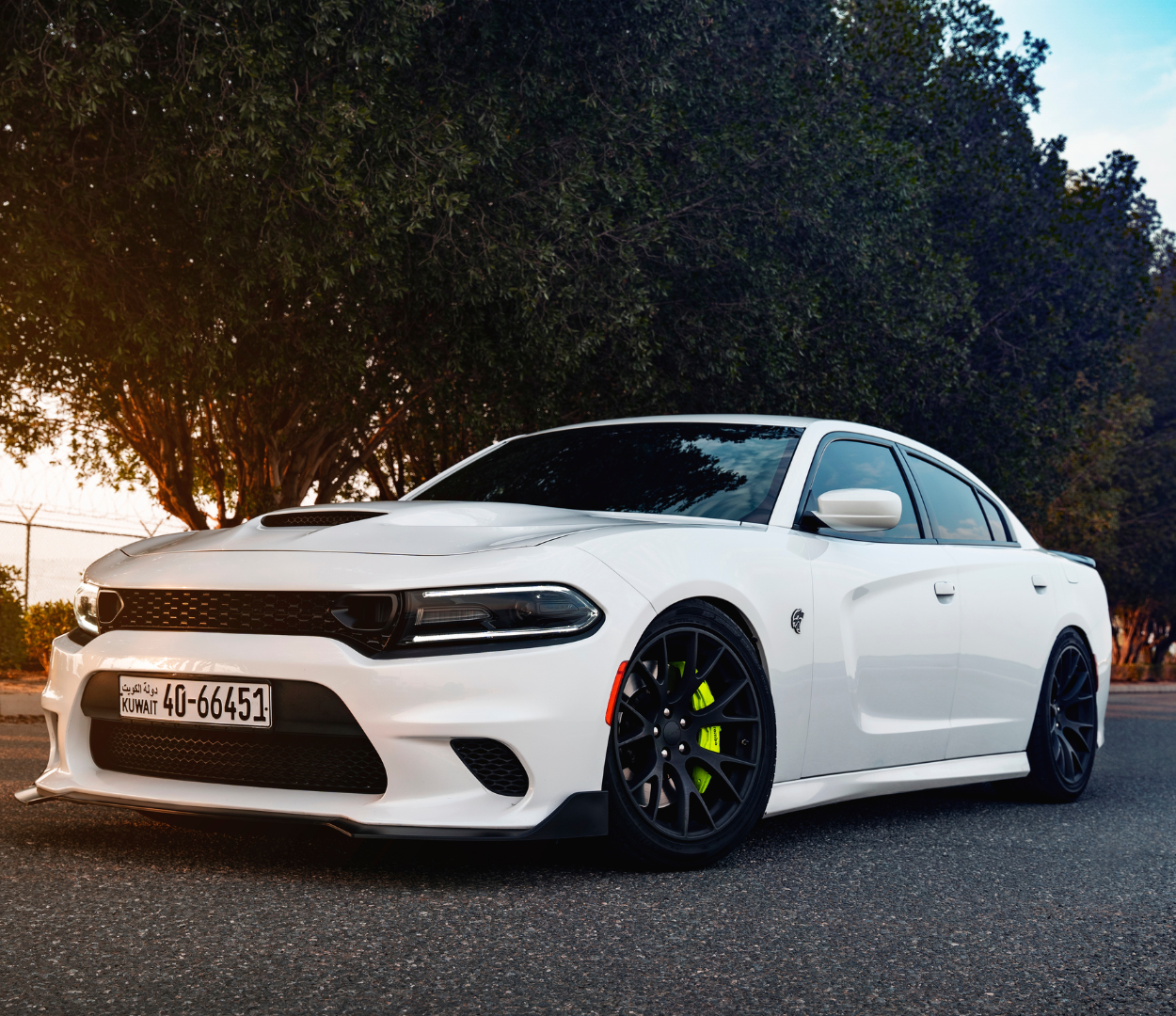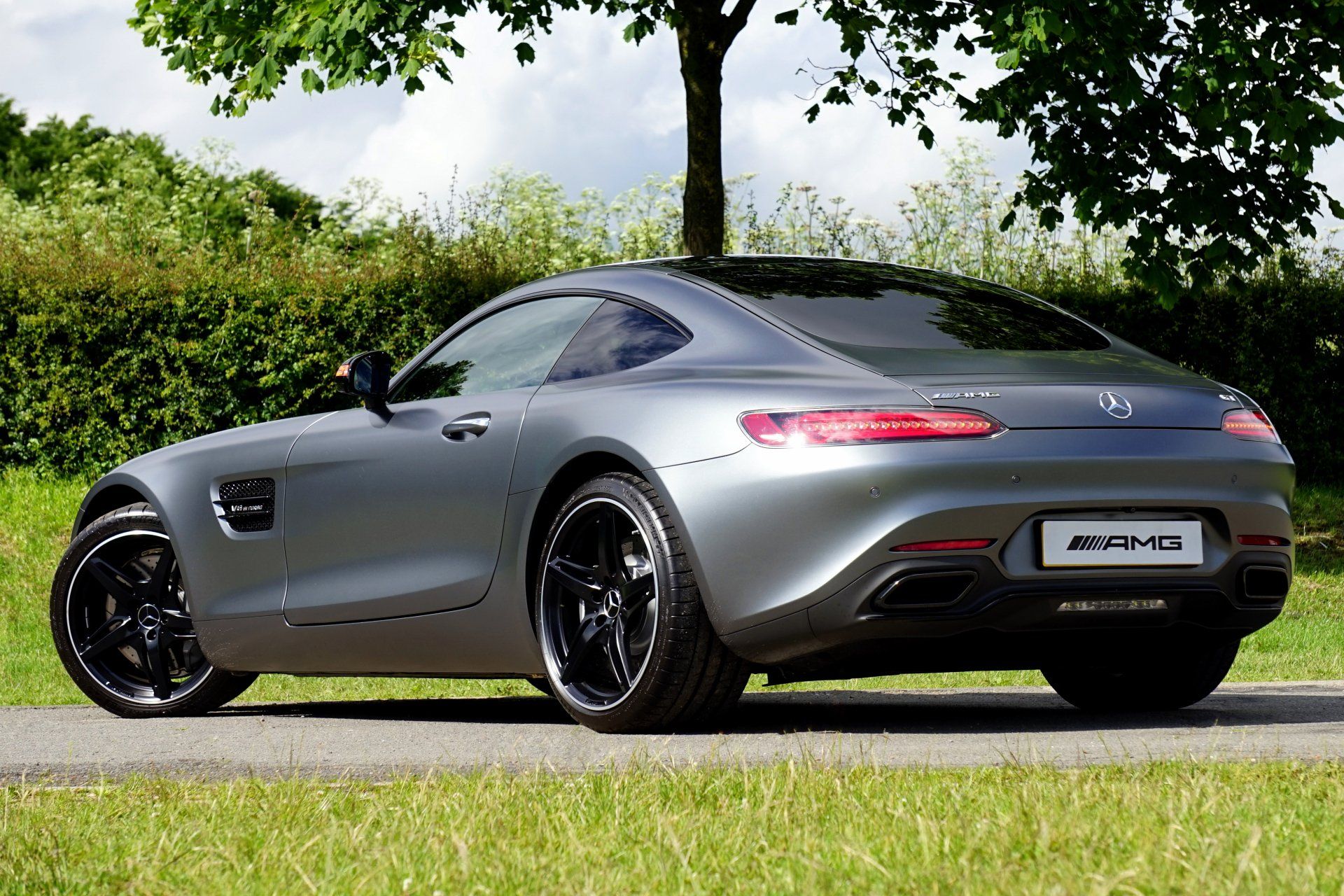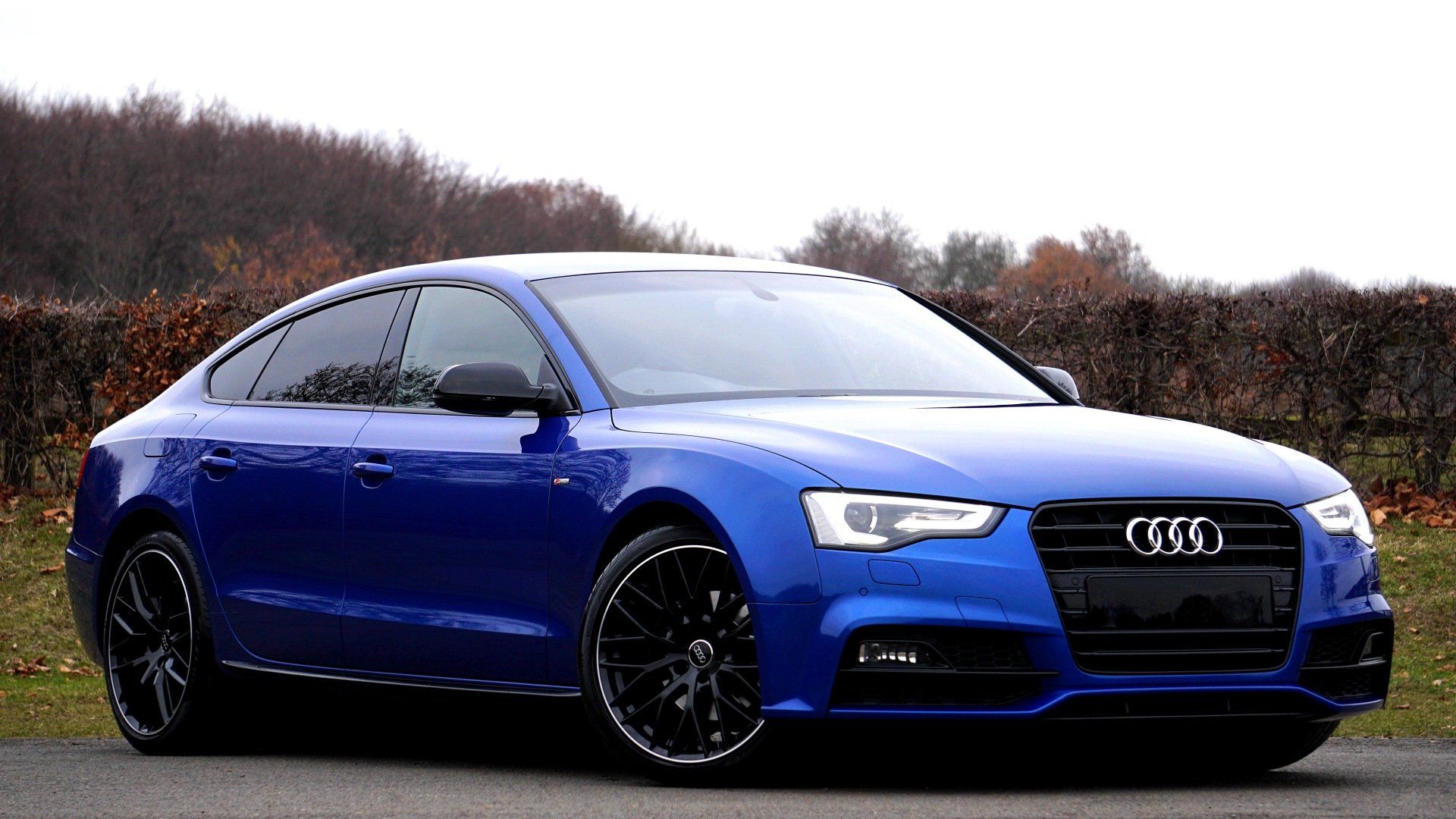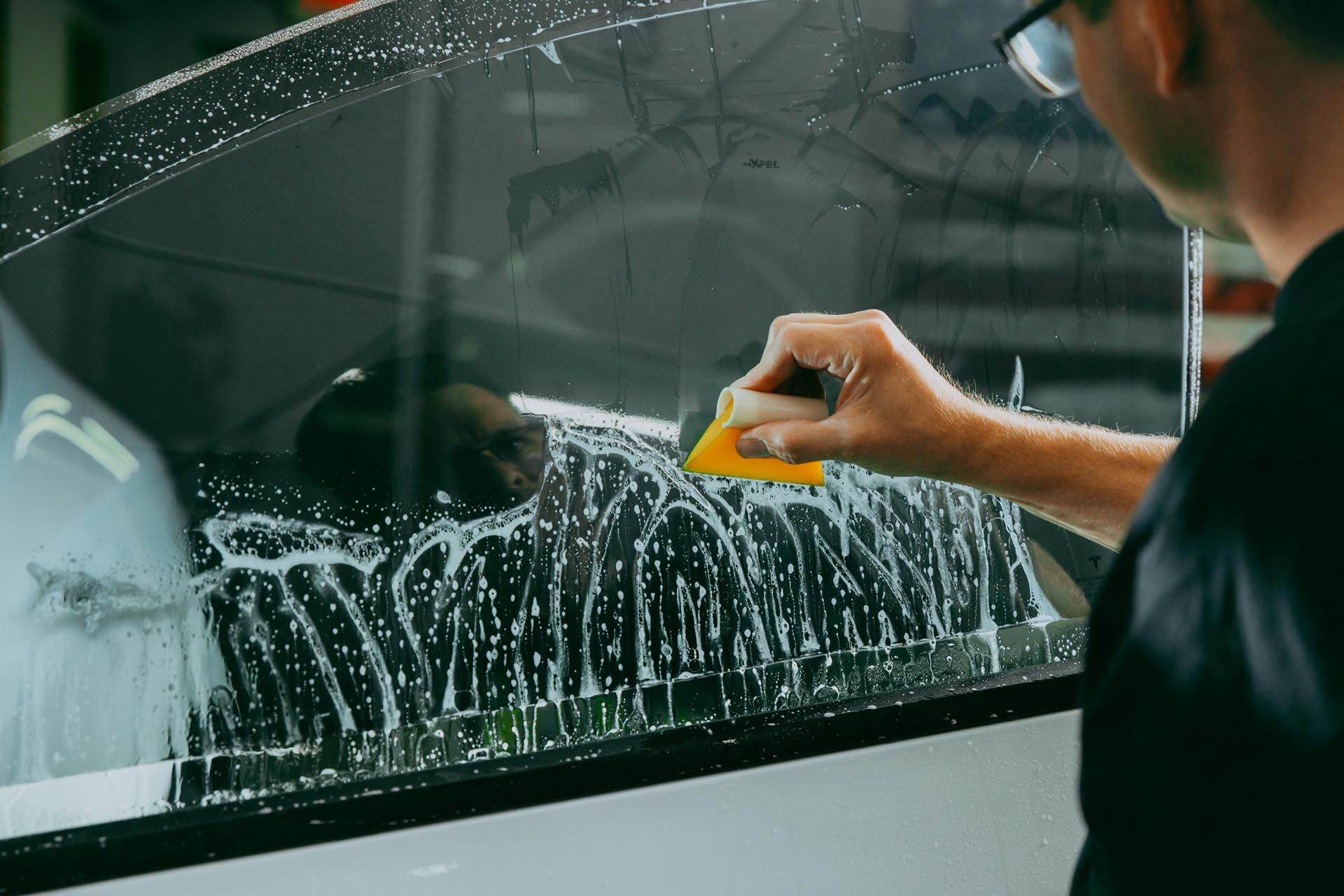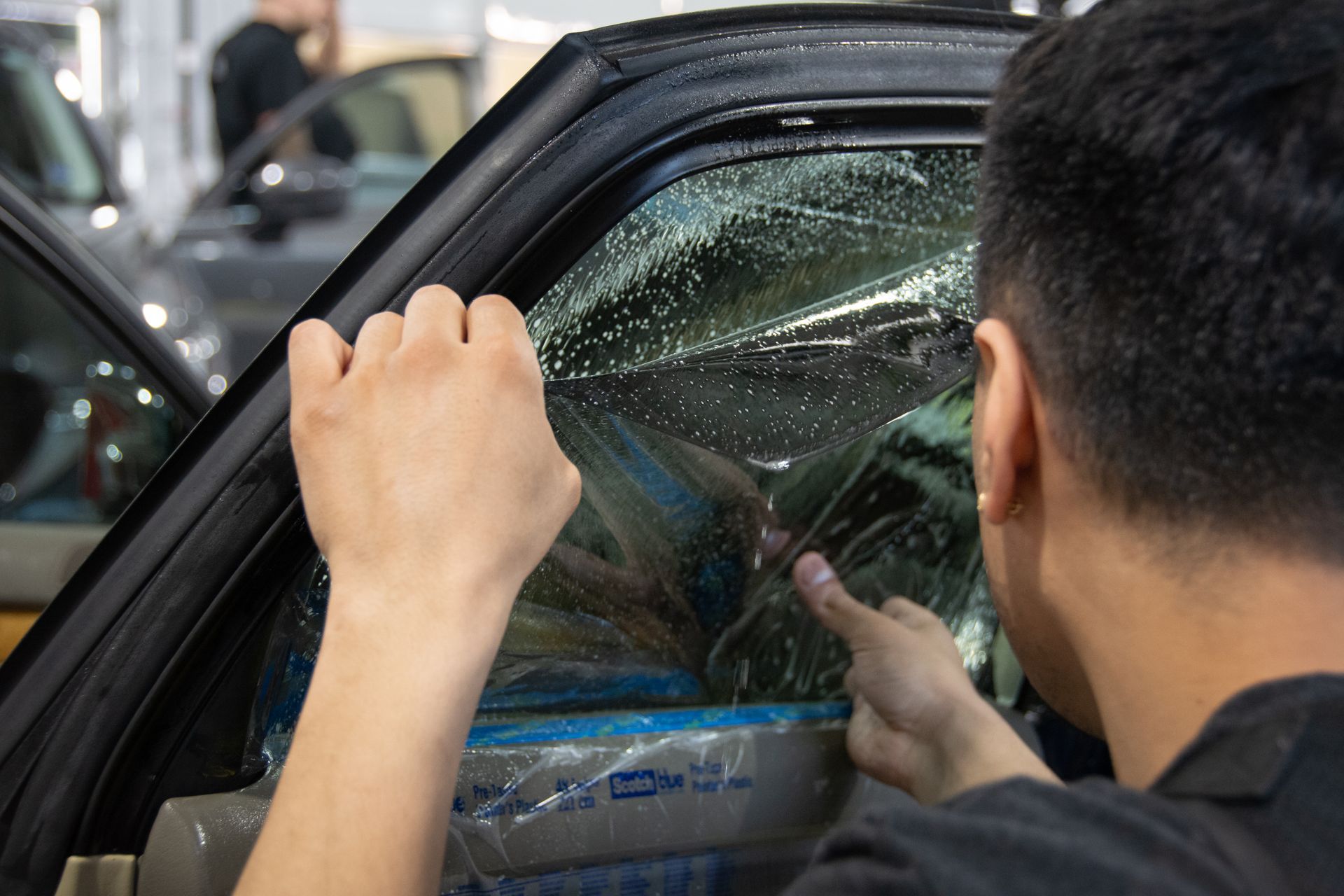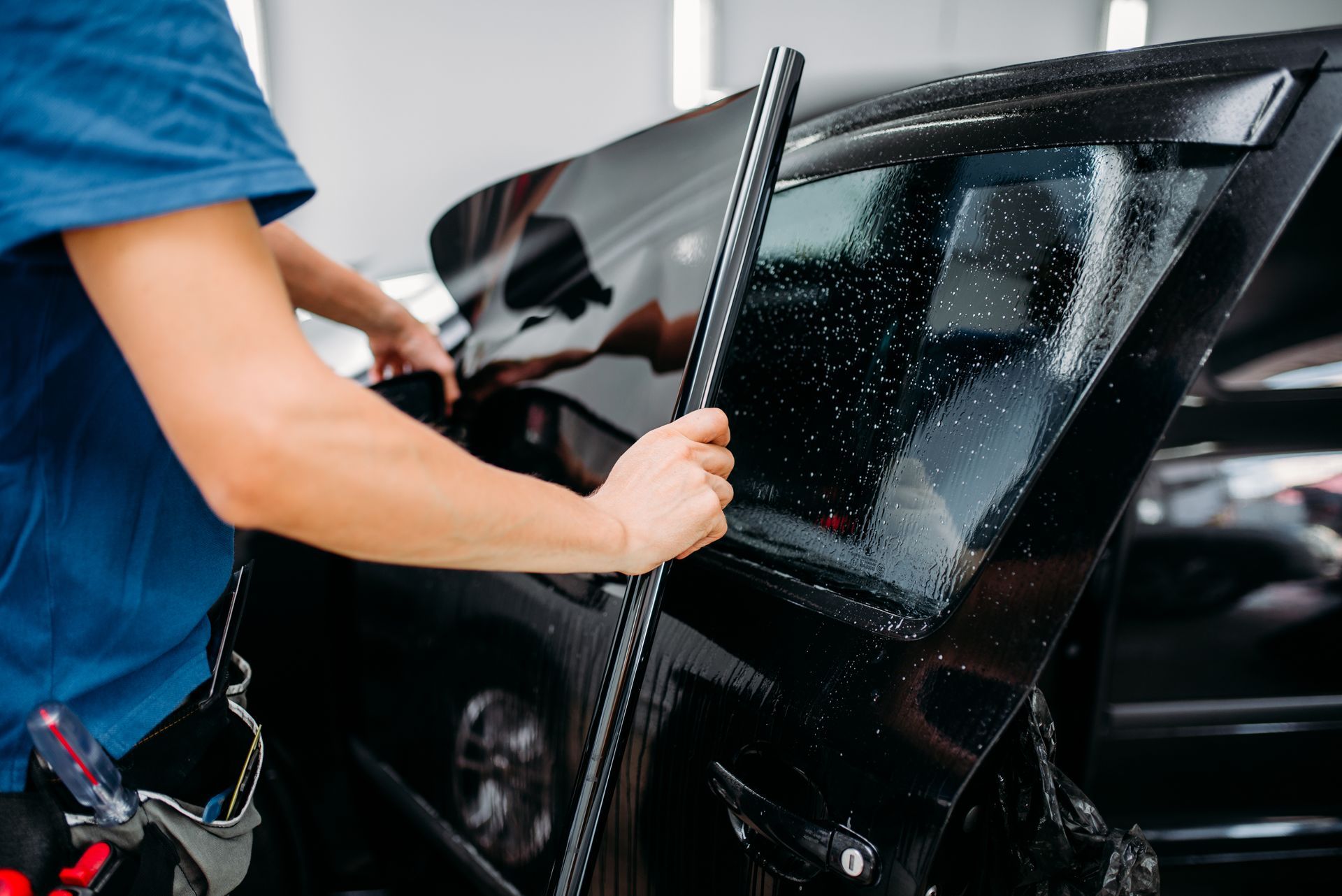Preventing Interior Overheating in Vehicles: The Benefits of Window Tinting
As the temperatures climb, many of us start to dread hopping into our cars after they've been parked in the sun. That intense heat can turn your vehicle into an uncomfortable sauna, making every drive a test of patience. If you’ve ever squinted against blinding sunlight while waiting for your air conditioning to kick in, you know just how annoying overheating can be. Thankfully, there's a practical solution that helps beat the heat: window tinting. Not just for those who want a sleek look, it’s also a smart way to keep your car cooler and protect your skin from harmful UV rays. Let's dive into how window tinting works and why it's a fantastic addition to any vehicle!
Window tinting, particularly with ceramic films, helps reduce interior overheating by blocking a significant amount of solar energy, thus maintaining an internal temperature closer to the outside environment. While it does not completely eliminate heat buildup, it significantly reduces reliance on air conditioning and protects your vehicle's interior from UV damage.
How Window Tinting Reduces Heat
Heat reduction by window tinting happens through a combination of mechanisms designed to keep your car cooler and more comfortable. At its core, high-quality window film structures, particularly ceramic tints, play a pivotal role in this process. When sunlight strikes tinted windows, the film reflects or absorbs a significant portion of solar radiation, with a notable focus on infrared light. This invisible spectrum is primarily responsible for heating up your car's interior—as anyone who's touched a steering wheel left in direct sunlight can attest.
Ceramic tints are especially adept at blocking harmful ultraviolet rays, effectively reducing interior temperatures. In fact, they can block up to 99% of UVA and UVB rays, which directly contributes to the heat discomfort many drivers experience. Studies indicate that vehicles equipped with high-quality ceramic films often maintain an internal environment 10-15°F (5-8°C) cooler than their untreated counterparts during peak sunlight hours. You might be surprised to learn that after prolonged exposure, vehicles parked under the sun can reach staggering temperatures—around 35°C when the outside temperature is only 24°C!
Imagine sitting in a car that feels like an oven—it’s uncomfortable and often dangerously hot. This is where ceramic window tint shines; it actively helps to mitigate that excess heat buildup. However, it’s essential to recognize that while window tinting offers profound benefits, the effectiveness of these films can vary based on type and application.
The Science Behind It
At the heart of understanding how windows stay cooler lies the science of infrared radiation, an element we often overlook. This energy is what makes us feel warmth from sunlight—a crucial factor when assessing any tinting solution. Ceramic window films utilize advanced nano-ceramic technology that acts like a barrier against these rays; they are engineered specifically for superior heat rejection without compromising visibility.
A relevant study from the National Renewable Energy Laboratory highlights this technology’s efficiency: high-quality ceramic tints could lower internal temperatures by as much as 15°C compared to cars without any tinting at all. That’s not just a minor improvement; it’s a substantial difference that can make a significant impact on your comfort, especially during scorching summer days.
Window tinting can be likened to wearing specialized sunglasses—it reduces glare and keeps you cool. Just as the right lenses can transform your vision and comfort levels under bright sun exposure, so too can high-quality tint enhance your vehicle's livability. By grasping these concepts and choosing suitable window films wisely, you'll not only protect your vehicle's interior but also make driving a far more pleasant experience altogether. With these insights into the mechanics of heat rejection through window tinting, we can move forward to explore the various types of films available in this market.
Types of Window Tint Films
The world of window tint films is as diverse as the vehicles they protect, with each type offering unique advantages that cater to different needs. Let’s break down these four primary types in greater detail, so you can choose the one that best suits your lifestyle and preferences.
- Dyed Film: It's primarily used to enhance privacy by darkening the windows and reducing glare from sunlight. However, it adds limited heat reduction compared to other types. Think of it like sunglasses with a tinted lens—it blocks some light but doesn’t do much to keep things cool inside. This type might suit budget-conscious individuals looking for a basic solution, but if you're serious about fighting off heat, you might want to consider other options.
- Metalized Film: It contains tiny metallic particles that actively reflect heat and UV rays, making it a favorite among those needing strong sun protection. This film not only enhances heat rejection but also reinforces the window, making it less prone to shatter. However, the reflective properties can interfere with electronic signals—think GPS and radio reception—which can be a deal-breaker for users who rely on such technologies during their drive. If you're seeking something more stylish yet functional, carbon film might just hit the sweet spot.
- Carbon Film: It represents a wonderful balance between performance and aesthetics. It offers superior heat rejection compared to dyed film while eliminating the interference issues associated with metalized options. This type features a matte finish that lends an elegant appearance to vehicles while significantly enhancing interior comfort levels. For those who wish for both functionality and style, carbon films provide an appealing middle ground. Finally, for enthusiasts seeking the very best in performance, there's ceramic film.
- Ceramic Film: It stands out as a premium choice thanks to its remarkable heat rejection capabilities without compromising clarity or high-tech signal reception. Unlike metalized films, this option utilizes ceramic particles that are non-metallic and do not cause signal disruption. While it carries the highest price tag among window tint options, many consumers find value in its superior performance and long-term benefits, such as increased comfort and protection against UV damage.
With this overview of various types of window tints, it's vital to factor in your state regulations before making a decision. Selecting the right window tint means considering your personal preferences and budget while ensuring compliance with local laws regarding permissible tint percentages (VLT) and reflectivity standards. Awareness of how these films work will place you well on the path toward improving your vehicle's temperature control while keeping things legally compliant—that way, you can enjoy every drive without unexpected fines. Now that we've explored the various types of window tinting options available, let’s turn our attention to even more ways these enhancements contribute to vehicle comfort and safety.
Additional Benefits of Tinting
One of the standout benefits of window tinting is enhanced privacy and security. When you choose a darker tint for your vehicle's windows, it not only makes it harder for outsiders to catch a glimpse of what's inside, providing peace of mind for those traveling with valuable items but also enhances comfort. No more feeling like you're in a fishbowl! This added layer of privacy can be particularly important when parked in busy areas or even at home.
It's almost like having a protective shield around your car; while it may appear stylish, its functionality runs deep. Another vital aspect is UV protection. The Skin Cancer Foundation highlights that high-quality window tints can block up to 99% of harmful UV rays. This fact is especially crucial for those long drives under the sun, where exposure can lead to skin damage over time. With window tinting, not only do you protect your skin from potential harm, but you also help preserve the interior materials of your car. The upholstery, dashboard, and steering wheel can fade or crack due to prolonged exposure to UV rays, but tinted windows act as a barrier against this degradation.
Improved Interior Comfort
Comfort goes beyond just temperature control; it's about the overall experience in your vehicle. Tinted windows create a more pleasant environment by reducing glare from the sun. This glare can be distracting and even dangerous while driving. By investing in quality tinting, you're making sure your eyes aren’t struggling against strong sunlight or reflections from other surfaces.
Studies have shown that vehicles equipped with window tinting can maintain an interior temperature that is significantly cooler—by an average of 10-15°F compared to untinted vehicles. Think about it: on a hot summer day, stepping into a cooler car after being parked in the sun is not just refreshing; it also means less strain on your air conditioning system, leading to improved fuel efficiency. These advantages collectively enhance both comfort and safety while driving. As we explore further, there will be insights into how these tints are installed and ways to maintain them effectively.
Installation Tips and Maintenance
A good installation is the bedrock of effective window tint. When you begin, it’s critical to clean the window thoroughly; this prevents any dirt or dust from becoming trapped beneath the film, which can lead to unsightly bubbles. Use a gentle glass cleaner along with a microfiber cloth for this initial step—trust me, your future self will thank you for the meticulous work you do now. Remember, any little speck of debris can become a nuisance later on.
Step-by-Step Installation
Once your window sparkles, it's time to prepare a solution of soap and water. This mixture not only helps dampen the glass but also makes maneuvering the film into position much easier. When you're applying the film, start by aligning it from the top edge downward. Use a squeegee to smooth it out gently as you go; this action serves two purposes—it expels air bubbles and ensures that the film adheres correctly to the surface.
After you've applied the film, there may be excess material at the edges. Here's where precision is key: using a sharp utility knife, carefully trim away any excess. A neat cut contributes greatly to both the aesthetics and functionality of your tint.
Maintenance Tips
Fast forward to post-installation; it's essential to give your window tint some breathing room. I recommend holding off on cleaning your tinted windows for at least a week after installation. This allows the adhesive ample time to cure fully and create that strong bond needed for long-lasting performance. When it’s finally time for cleaning, reach for a mild, ammonia-free cleaner paired with a soft cloth; this combination protects against scratches or peeling.
Keeping an eye on maintenance goes beyond cleaning after installation. For instance, during moments of extreme heat or cold, consider cracking your windows slightly—around 2 mm works well—to allow trapped heat to escape, particularly when parked. Another recommendation is to engage your air conditioning system in tandem with tinted windows, as it aids in reducing interior temperature more effectively.
Adhering to these tips prolongs the life of your window tint significantly. Many individuals neglect routine care and find themselves disappointed when their tint doesn’t perform as expected. Regular checks will keep everything looking great and functioning properly while enhancing your driving experience overall! As we explore this subject further, understanding the rules governing window tinting can guide your choices and ensure compliance with local regulations.
Legal Guidelines and Restrictions
Tint laws are not just arbitrary rules; they serve a crucial purpose in maintaining safety and functionality on the road. Adhering to these standards helps ensure that drivers have adequate visibility, especially in poor weather conditions or at dusk when tinted windows can obstruct the view of pedestrians or other vehicles. Knowing your state's specific laws regarding window tinting is necessary for safe driving.
To illustrate how these regulations vary, let's take a closer look at some examples from various states. California mandates that the front side windows must allow a minimum of 70% visible light transmission (VLT), while offering greater leniency for rear windows, which can be tinted as dark as desired. Different states enforce different measurements, so it's important to familiarize yourself with local statutes before proceeding with any installation. Being well-informed can save you potential fines and the headache of having to strip off improperly installed tint later.
Beyond mere compliance, there are additional factors that can enhance your overall car ownership experience. One significant factor is understanding the reflection specifications. Both sedans and SUVs must adhere to standard reflection levels for their front and back side windows. If you opt for reflective tint, ensure it complies with state law; otherwise, you may face penalties or possibly be required to remove the tint altogether. Additionally, certain shades, such as red, amber, or blue, are often prohibited to maintain uniformity on the road.
Always remember: Manufacturers must certify tint products in accordance with local laws. Carrying this certification in your vehicle is not just advisable—it's often a legal requirement. Finally, inquire whether your installer will provide an installation sticker detailing the manufacturer’s name and address. This documentation adds another layer of peace of mind should you encounter any issues with law enforcement regarding your tinting choices.
Incorporating these insights into your planning keeps you compliant while enhancing safety for everyone on the road. As you consider practical solutions like UV protection alongside aesthetics, understanding your legal responsibilities sets the foundation for informed decisions moving forward.
Long-Term Investment Advantages
Investing in high-quality window tinting is more than just a stylish upgrade—it's a strategic decision that can yield significant long-term savings and perks. One of the first benefits is the increased resale value it brings. A well-maintained, tinted vehicle often appeals more to potential buyers because it shows good care for the vehicle's interior. People love vehicles that look great while offering protection against sun damage. Ultimately, this means that when you decide to sell or trade in your car, you may receive a higher offer simply because you've enhanced the vehicle with quality window tint.
Beyond aesthetics and market appeal lies another essential advantage: reduced energy costs. Studies backed by the Department of Energy indicate that vehicles equipped with window tinting can experience up to a 10-15% increase in fuel efficiency. This efficiency boost comes from minimizing the load on air conditioning systems, allowing your car’s engine to work less hard while still keeping things cool inside. Imagine those warm summer days when stepping into your car feels like entering an oven—window tint significantly reduces overall cabin temperatures.
By decreasing dependency on air conditioning, drivers maintain cooler rides while conserving fuel and saving money. For example, one user shared their experience after installing ceramic window tint on their SUV: they noticed a drop in fuel consumption along with a much cooler interior—making long journeys more comfortable and enjoyable.
These compelling long-term benefits highlight why window tinting is truly a practical investment for any vehicle owner. As we continue exploring these advantages, consider how much easier life becomes when able to minimize heat buildup while driving through scorching temperatures. The proactive step of adding window tint pays off—not just for comfort but also in terms of savings and valuing your car’s longevity. Investing in quality window tints could be one of the smartest decisions for your vehicle's health and personal enjoyment as a driver.
Ultimately, fostering both comfort and cost efficiency makes window tinting a valuable addition to any vehicle owner’s toolkit.
Glendale Heights’ Trusted Window Tinting Experts
Beat the heat, reduce glare, and add privacy to your vehicle with expert window tinting from Umbra Window Tinting in Glendale Heights, IL. Our high-quality films provide exceptional UV protection, interior preservation, and a sleek finish, all installed with precision by experienced professionals. Whether you're looking for improved driving comfort or a stylish upgrade, we have the perfect tinting solution for your needs. Book your appointment today and experience the benefits of premium window tinting!

